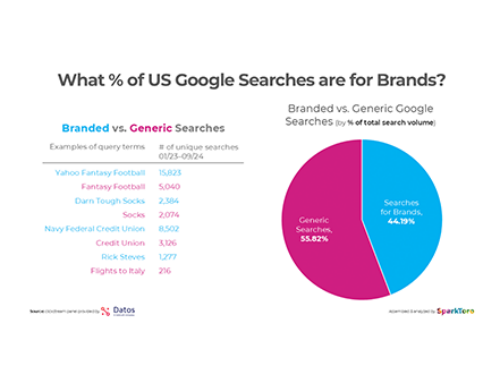What is Media Mix Modeling and does it matter in 2024?
In 2024, one can argue that Search and Social Media advertising have become the traditional marketing channels of today. While Google and Meta will continue to be the most widely used and accessible platforms for reaching customers, there’s never been more opportunity to reach people at the right time with the right message outside of these highly exploited channels.
It can be easy to forget that people spend time outside of just Google, Instagram, and Amazon. They’re the easiest platforms to use, everyone uses them, and it’s an easy way to measure ROI…well, if you’re an ecom business at least.

So, where should you be advertising in 2024?
Meta? Okay, yes.
Google Ads? Probably.
But where else are people spending time online?
Could video game advertising work? What about CTV and audio? And what really is the difference between programmatic ad buying and Google?
Media Mix Modeling (MMM) is a great way to start answering these questions by first analyzing your existing marketing channels.
Definition of MMM:
Media Mix Modeling (MMM) is statistical analysis such as multivariate regressions on sales and marketing time series data to estimate the impact of various marketing tactics on sales and then forecast the impact of future sets of tactics.
Simply put, MMM determines if there is a positive correlation between how much you’ve been spending on advertising and your sales. A regression analysis will help to identify the optimum ad spend per marketing channel while cutting down on wasted ad spend, allowing you to reallocate marketing dollars to new channels where there may be more opportunity. Media mix modeling also allows you to run different campaign scenarios (the fun part!).
Sounds great! But how is this done? Are there online tools I can use?
While Python and R are both great tools that can be used to run statistical analysis, running a regression analysis can be as easy as plugging your numbers into excel. Although it might take some Googling when it comes to analyzing the results…long story short is that there are as many Media Mix Modeling tools out there as there are marketing channels. All have their pros and cons. It’s usually good practice to have someone who’s familiar with data science or statistical analysis to help analyze the results regardless of the tool you use.
The biggest hurdle in running this type of analysis is gathering and organizing the right data. When all is said and done, the time and effort you put into the analysis can end up yielding more questions than answers. It’s also important to note that this type of analysis doesn’t drill down on creative or which type of messages are driving the most sales.
After running your analysis, you’ll have hard data and formulas that will allow for more accurate forecasting in the future. You’ll be able to see which ad channels are leading to the most sales and predict sales growth with different ad budgets. From there you’ll understand where to either increase or decrease ad spend.




